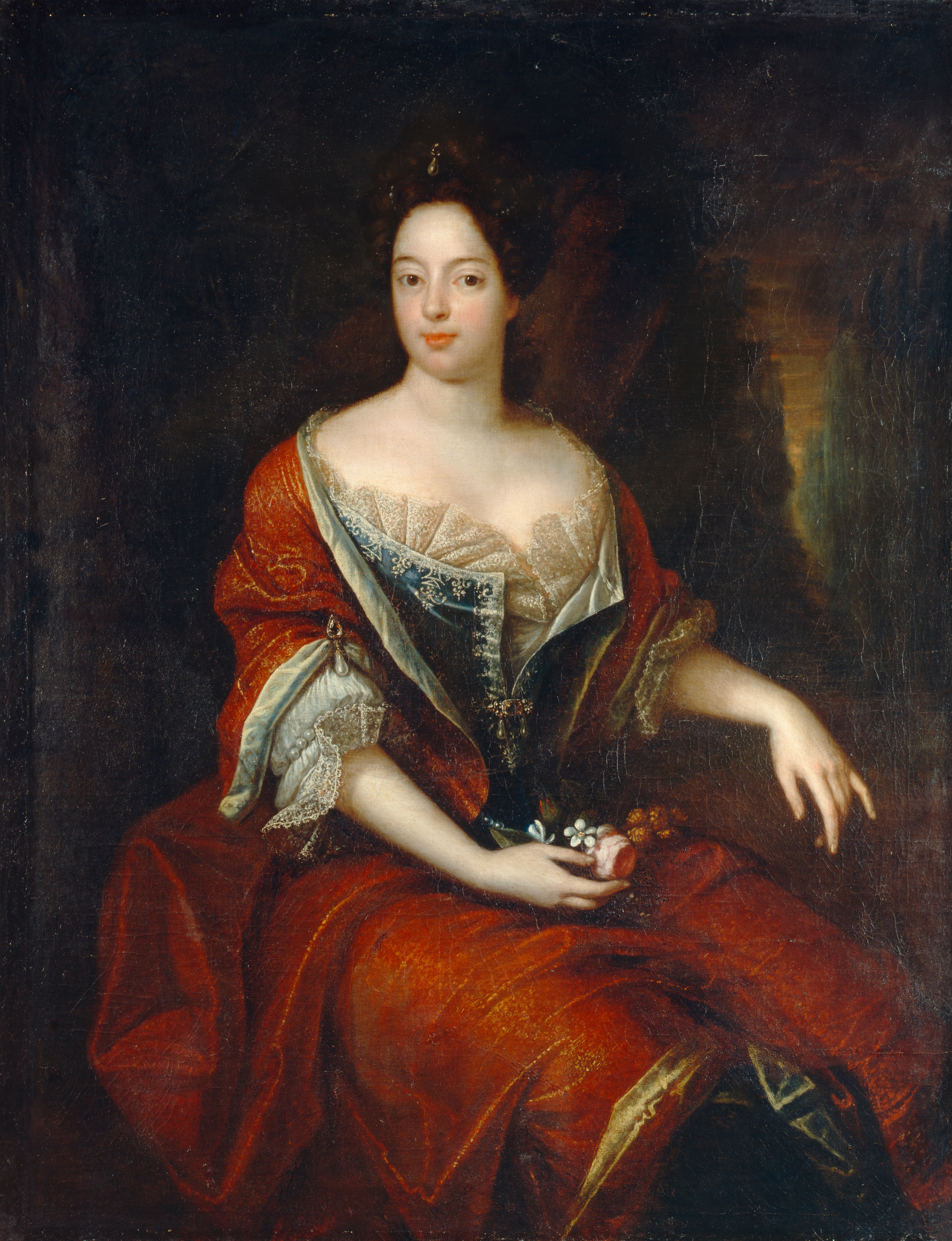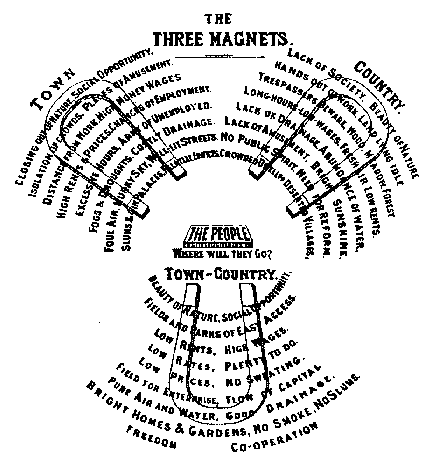|
Charlottenburg (Königsberg)
Lermontovo () is a residential area in Tsentralny Administrative District, Kaliningrad, Russia. It was formerly known by its German name Charlottenburg first as a suburban estate and then as part of northwestern Königsberg, Germany. History Charlottenburg was located northwest of Hufen and Hardershof, west of Ballieth, and southeast of Tannenwalde. Sophia Charlotte was the queen-consort of Frederick I, the first King in Prussia. Molded bricks for the construction of the University of Königsberg's new campus came from a pottery factory near Charlottenburg. It developed into a residential garden town suburb of Königsberg in the first half of the 20th century. Charlottenburg was incorporated into the city of Königsberg in 1939.Gause III, p. 133 Königsberg was transferred to Soviet control in 1945 after World War II. Königsberg was subsequently renamed as ''Kaliningrad'' and Charlottenburg as ''Lermontovo'' after Mikhail Lermontov Mikhail Yuryevich Lermontov ( , ; ... [...More Info...] [...Related Items...] OR: [Wikipedia] [Google] [Baidu] |
Tsentralny Administrative District
Tsentralny District is the name of several administrative and municipal divisions in Russia. The name literally means "Central (other), Central". Federal districts and economic regions *Central Federal District (''Tsentralny federalny okrug''), a federal districts of Russia, federal district *Central economic region (''Tsentralny ekonomichesky rayon''), an economic regions of Russia, economic region Districts of the federal subjects *Tsentralny district, Saint Petersburg, an administrative district of the federal city of Saint Petersburg City divisions #Tsentralny city district, Barnaul, a city district of Barnaul, the administrative center of Altai Krai #Tsentralny city district, Bratsk, a city district of Bratsk, a city in Irkutsk Oblast #Tsentralny city district, Chelyabinsk, an administrative and municipal city district of Chelyabinsk, the administrative center of Chelyabinsk Oblast #Tsentralny administrative district, Chita, an administrative district of the ci ... [...More Info...] [...Related Items...] OR: [Wikipedia] [Google] [Baidu] |
Königsberg
Königsberg (; ; ; ; ; ; , ) is the historic Germany, German and Prussian name of the city now called Kaliningrad, Russia. The city was founded in 1255 on the site of the small Old Prussians, Old Prussian settlement ''Twangste'' by the Teutonic Knights during the Northern Crusades, Baltic Crusades. It was named in honour of King Ottokar II of Bohemia, who led a campaign against the pagan Old Prussians, a Baltic tribe. A Baltic Sea, Baltic port city, it successively became the capital of the State of the Teutonic Order, the Duchy of Prussia and the provinces of East Prussia and Province of Prussia, Prussia. Königsberg remained the coronation city of the Prussian monarchy from 1701 onwards, though the capital was Berlin. From the thirteenth to the twentieth centuries on, the inhabitants spoke predominantly German language, German, although the city also had a profound influence upon the Lithuanian and Polish cultures. It was a publishing center of Lutheranism, Lutheran literatu ... [...More Info...] [...Related Items...] OR: [Wikipedia] [Google] [Baidu] |
Hufen
Hufen was a broad region along northwestern Königsberg, Germany, which developed into the quarters of Ratshof, Amalienau, Mittelhufen, and Vorderhufen. The territory is now part of the Tsentralny District, Kaliningrad, Tsentralny District of Kaliningrad, Russia. History Hufen's name was derived from the system of measurement ''Landhufe, Hufe'', approximately 30 morgen. Under the control of Altstadt (Königsberg), Altstadt by 1286, it was known as ''Huben'' by 1300.Albinus, p. 134 It originally extended north and west from Steindamm Gate. By 1710 Altstadt had foresters tending to the Kaporner Heath northwest of Königsberg, living along the Alte Pillauer Landstraße on the road to Baltiysk, Pillau. Rich Königsbergers began to visit the countryside in summertime. By the end of the 18th century Hufen consisted of the estate Ratshof and the villages Vorderhufen ("near Hufen") in the north, Mittelhufen ("middle Hufen") in the northwest, and Hinterhufen ("further Hufen"), later known a ... [...More Info...] [...Related Items...] OR: [Wikipedia] [Google] [Baidu] |
Hardershof
Hardershof was a suburban estate and then a Quarter (urban subdivision), quarter of northern Königsberg, Germany. Its territory is now part of the Tsentralny Administrative District, Kaliningrad, Tsentralny District of Kaliningrad, Russia. History Hardershof was first documented in 1822 as ''Georg Harders Hof''Albinus, p. 120 just north of Hufen. Königsberg's waterworks was constructed in Hardershof in the 1870s. The estate was developed by the Terrain-Aktiengesellschaft Tiepolt ca. 1900. In 1909 a school for the blind was built in Hardershof by Wilhelm Varrentrapp. Hardershof also contained a radio station for the weather serviceGause III, p. 51 and, since 1931, a public bath. Hardershof, along with the rest of Hufen, was incorporated into the city of Königsberg by 1908. Other quarters of Königsberg near Hardershof were Mittelhufen to the southwest, Vorderhufen to the southeast, Tragheimer Palve to the east, Ballieth to the northeast, and Charlottenburg (Königsberg), Charlott ... [...More Info...] [...Related Items...] OR: [Wikipedia] [Google] [Baidu] |
Ballieth
Ballieth was first a suburban estate and then a quarter of Königsberg, Germany, located north of the city center. Its territory is now part of the Leningradsky District of Kaliningrad, Russia. Ballieth was situated on the road Samitter Allee, which ran north–south. Neighboring quarters were Tragheimer Palve to the south, Hardershof to the southwest, Charlottenburg to the west, Beydritten to the north, Quednau to the east, and Maraunenhof Maraunenhof was a suburban Quarter (urban subdivision), quarter of northern Königsberg, Germany. Its territory is now part of the Leningradsky Administrative District, Kaliningrad, Leningradsky District of Kaliningrad, Russia. History The estat ... to the southeast. Due east of the estate was Max Aschmann Park. Development of the suburb intensified during the 1920s. Ballieth was incorporated into the city of Königsberg in 1928.Albinus, p. 29 Notes References * * Former subdivisions of Königsberg {{Germany-hist-stub ... [...More Info...] [...Related Items...] OR: [Wikipedia] [Google] [Baidu] |
Sophia Charlotte Of Hanover
Sophia Charlotte of Hanover (30 October 1668 – 1 February 1705) was the first Queen consort in Prussia as the wife of King Frederick I. She was the only daughter of Elector Ernest Augustus of Hanover and Sophia of the Palatinate. Her eldest brother, George Louis, succeeded to the British throne in 1714 as King George I. Early life Sophia Charlotte was born in Iburg Castle in the Prince-Bishopric of Osnabrück, where her father held the title of a Protestant prince-bishop. In 1672 her family moved to the new episcopal residence in Osnabrück and finally in 1679 to Hanover, when Ernest Augustus succeeded his brother Duke John Frederick of Brunswick-Lüneburg in the Principality of Calenberg. During her childhood, Sophia Charlotte visited the Kingdom of France with her mother in hopes of marrying Louis, Grand Dauphin, heir to the French throne. He later married Duchess Maria Anna Victoria of Bavaria instead, but Sophia Charlotte was also proposed as a possible bride fo ... [...More Info...] [...Related Items...] OR: [Wikipedia] [Google] [Baidu] |
Frederick I Of Prussia
Frederick I (; 11 July 1657 – 25 February 1713), of the Hohenzollern dynasty, was (as Frederick III) List of margraves and electors of Brandenburg, Elector of Brandenburg (1688–1713) and Duke of Prussia in personal union (Brandenburg–Prussia). The latter function he upgraded to royalty, becoming the first King in Prussia (1701–1713). From 1707 he was in personal union the sovereign prince of the Principality of Neuchâtel. Biography Family Born in Königsberg, Frederick was the third son of Frederick William, Elector of Brandenburg by his father's first marriage to Louise Henriette of Orange-Nassau, eldest daughter of Frederick Henry, Prince of Orange and Amalia of Solms-Braunfels. His maternal cousin was King William III of England. Upon the death of his father on 29 April 1688, Frederick became Elector Frederick III of Electorate of Brandenburg, Brandenburg and Duchy of Prussia, Duke of Prussia. Right after ascending the throne Frederick founded a new city southerly ... [...More Info...] [...Related Items...] OR: [Wikipedia] [Google] [Baidu] |
King In Prussia
King ''in'' Prussia (German language, German: ''König in Preußen'') was a title used by the Prussian kings (also in personal union Elector of Brandenburg, Electors of Brandenburg) from 1701 to 1772. Subsequently, they used the title King ''of'' Prussia (''König von Preußen''). The House of Hohenzollern ruled Margraviate of Brandenburg, Brandenburg as Prince-Electors, and were subjects of the Holy Roman Emperor. Since 1618, the Electors of Brandenburg had also ruled the Duchy of Prussia, which lay outside the empire, in a personal union. The dual state was known unofficially as Brandenburg-Prussia. Originally the dukes of Prussia held the fief as vassals of the King of Poland, until the Treaties of Treaty of Labiau, Labiau (1656) and Treaty of Bromberg, Bromberg (1657), with which Frederick William I, Elector of Brandenburg, Frederick William, the Great Elector, achieved full sovereignty from the Polish Crown. His son, Elector Frederick I of Prussia, Frederick III, then sought ... [...More Info...] [...Related Items...] OR: [Wikipedia] [Google] [Baidu] |
University Of Königsberg
The University of Königsberg () was the university of Königsberg in Duchy of Prussia, which was a fief of Poland. It was founded in 1544 as the world's second Protestant Reformation, Protestant academy (after the University of Marburg) by Duke Albert, Duke of Prussia, Albert of Prussia and charted by the King Sigismund II Augustus. It was commonly known as the Albertina and served as a Protestant counterpart to the Catholic Jagiellonian University in Kraków. Following World War II, the city of Königsberg was transferred to the Soviet Union according to the 1945 Potsdam Agreement, and renamed Kaliningrad in 1946. The Albertina was closed and the remaining German population Flight and expulsion of Germans (1944–1950), expelled, by the terms of the Potsdam Agreement. Today, the Immanuel Kant Baltic Federal University in Kaliningrad claims to maintain the traditions of the Albertina. History Albert, former Grand Master of the Teutonic Order and first Duchy of Prussia, Duke of P ... [...More Info...] [...Related Items...] OR: [Wikipedia] [Google] [Baidu] |
Garden City Movement
The garden city movement was a 20th century urban planning movement promoting satellite communities surrounding the central city and separated with Green belt, greenbelts. These Garden Cities would contain proportionate areas of residences, industry, and agriculture. Ebenezer Howard first posited the idea in 1898 as a way to capture the primary benefits of the countryside and the city while avoiding the disadvantages presented by both. In the early 20th century, Letchworth and Welwyn Garden City were built near London according to Howard's concept and many other garden cities inspired by his model have since been built all over the world. History Conception Inspired by the utopian novel ''Looking Backward'' by Edward Bellamy, and Henry George's work ''Progress and Poverty'', Howard published the book '': a Peaceful Path to Real Reform'' in 1898 (reissued in 1902 as ''Garden Cities of To-morrow''). His idealised garden city would house 32,000 people on a site of . Howard's di ... [...More Info...] [...Related Items...] OR: [Wikipedia] [Google] [Baidu] |
Soviet Union
The Union of Soviet Socialist Republics. (USSR), commonly known as the Soviet Union, was a List of former transcontinental countries#Since 1700, transcontinental country that spanned much of Eurasia from 1922 until Dissolution of the Soviet Union, it dissolved in 1991. During its existence, it was the list of countries and dependencies by area, largest country by area, extending across Time in Russia, eleven time zones and sharing Geography of the Soviet Union#Borders and neighbors, borders with twelve countries, and the List of countries and dependencies by population, third-most populous country. An overall successor to the Russian Empire, it was nominally organized as a federal union of Republics of the Soviet Union, national republics, the largest and most populous of which was the Russian SFSR. In practice, Government of the Soviet Union, its government and Economy of the Soviet Union, economy were Soviet-type economic planning, highly centralized. As a one-party state go ... [...More Info...] [...Related Items...] OR: [Wikipedia] [Google] [Baidu] |



